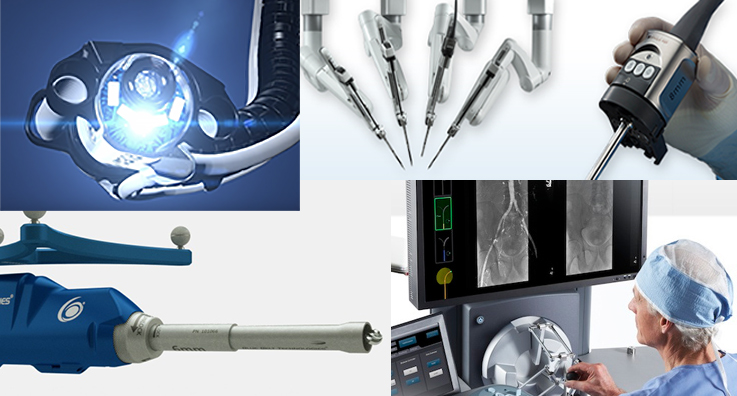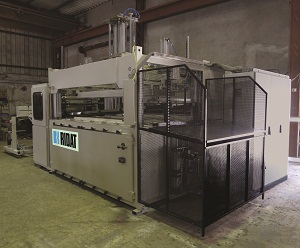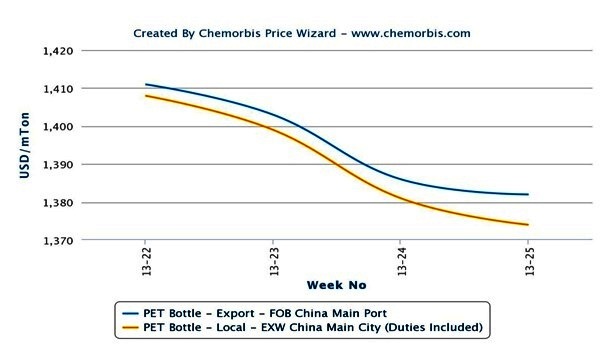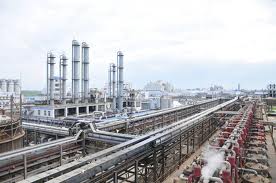We face a global plastic waste problem. It is not new that we hear about oceans filled with plastic. Only 8% of all the plastic used in the U.S. is recycled—it is possible that the last shampoo bottle that you threw away ended up in a landfill. Until now, the U.S. relied on China to play the role of scavenger to the plastic waste it generated. Not anymore.
China banned plastic waste imports in 2018, creating a shock to recycling supply chains and an expensive aftermath. As a result, cities are struggling to meet their recycling demand, and more and more plastic is ending up in landfills. Some are even being incinerated without any consideration of energy recovery, wreaking havoc on air quality.
It is all rather grim and unpleasant, but what can be done to make changes at a systemic level to reverse direction? One sector is looking closely at this: makers of consumer packaged goods. Packaging is biggest contributor to U.S. plastic waste, having grown at a consistent rate since World War II. These products have a short lifespan and hence a large waste creation potential.
In this thesis, we approached this problem from a novel perspective: e-commerce. How can we use the existing e-commerce-based reverse logistics channels to take back and recycle post-consumer plastic and, in so doing, create a closed-loop supply chain? Is it feasible from an economic point of view? Does it increase CO2 emissions? Does stakeholder incentive have a part to play?
As we grappled with these questions, we performed an extensive review of scientific literature, white papers, and government regulations. The literature about plastic take-back in the US is scarce, and the use of e-commerce for recycling for this has never been tried. Moreover, what research there is has been focused on municipalities as opposed to direct producer involvement.
To understand the e-commerce recycling system, we leveraged consumer packaged goods sales and materials data to estimate the volume of post-consumer plastic. Using this data, we designed a mixed-integer linear programming (MILP)-based optimization model to assess different plastic take-back models. We also calculated operational costs to assess the profitability of the system, considering cost offsets such as the price of virgin versus recycled plastics. The results helped us formalize a system model to conduct a scenario-based sensitivity analysis to understand systemic cost and overall profit by changing parameters, such as transportation costs and type of vehicle used, among others.
We used the results of these analyses to formulate strategic recommendations for companies interested in promoting or implementing e-commerce-based recycling programs. Finally, we assessed the greenhouse gas emissions and externality costs and performed a qualitative assessment of the stakeholder networks vital to make e-commerce recycling operational.
Ultimately, we found that it is feasible from an economic perspective to use the e-commerce-based take-back process to improve recycling rates of post-consumer plastic. Based on our analysis, it was most profitable and environmentally friendly when we used larger, more efficient trucks to facilitate the take-back process. In the optimal scenario, for the New England region, given the current levels of waste, the profit for a CPG company could be as high as $40 million each year.
Similarly, we found that using a small delivery van for take-back was not economically feasible; in this model, such a vehicle would incur a $50 million loss due to the larger number of trips required to transport the plastic. It is possible to take back plastic in certain scenarios using this model, and CPG companies should seriously consider it. This thesis contributes towards finding a novel solution to facilitate the take-back of post-consumer plastic using existing e-commerce reverse logistics channels. Further research must be conducted to understand the impact of stakeholder incentives and to expand the study to other types of waste.
As we tread forth and buy that next shampoo bottle, let’s think about where it ends up. An efficient closed-loop supply chain has the potential to make a huge impact, one plastic bottle at a time.
Every year, around 80 students in the MIT Center for Transportation & Logistics’s (MIT CTL) Master of Supply Chain Management (SCM) program complete approximately 45 one-year research projects.
The students are early-career business professionals from multiple countries, with two to 10 years of experience in the industry. Most of the research projects are chosen, sponsored by, and carried out in collaboration with multinational corporations. Joint teams that include MIT SCM students and MIT CTL faculty work on real-world problems. In this series, we summarize a selection of the latest SCM research.3
Resource: https://www.scmr.com/article/e_commerce_based_closed_loop_supply_chain_for_plastic_recycling









